It’s the middle of the night and you have woken up, your mouth dry and parched, desperate for a drink, or maybe you hear the pitter-patter of little feet and your young child is in your room saying they can’t sleep because they are thirsty.
In both situations, you want to get a drink of water quickly and get back to sleep. The bathroom sink suddenly looks very alluring, but is the water safe to drink?
If we can brush our teeth and wash our hands and face with the water from the cold tap, surely we can drink from this tap too? Well, the answer depends on a few factors.
We will discuss below whether it is safe to drink from the bathroom tap at home, what you should do when you are traveling, and conclude whether it is safe to drink from the bathroom tap.
So next time you wake up in the middle of the night looking for something to quench your thirst you will have all the information you need to know before heading to the bathroom.
There may be affiliate links in this article. You can read more about this in my disclosure.
Water Storage
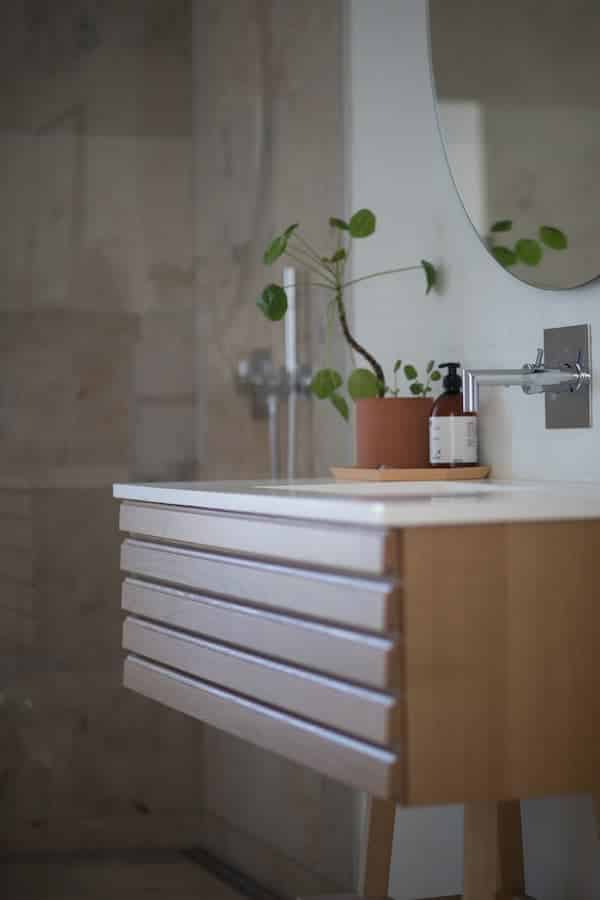
Depending on where your water comes from will play a big factor in whether the water is safe to drink in the bathroom and this may also depend on the type of accommodation you live in as well as the age of your home.
The water that comes out of the tap in the kitchen will come directly from the main water supply for your residential area, this water will be treated and it will usually be safe to drink. However many bathrooms do not draw the water from the mains supply. Some homes, especially apartments, use storage tanks to hold water, therefore the water will not be fresh.
Water from storage tanks has been drawn up from the mains and then held in the tank until it is needed. Often water tanks are either kept in attics, or in apartment blocks, on the roof and the water is usually kept in these tanks for an unknown amount of time.
If the tank is kept in your own home the frequency at which the water is replaced in the storage tank depends on how much water your household uses.
Whereas in apartment blocks the tank will be larger than in a private residence, in order to service all the apartments in the block.
You may think this will mean that the water is used quickly and replenished, however, you can not know for sure how quickly the water is cycled and it could be in there for longer than you think.
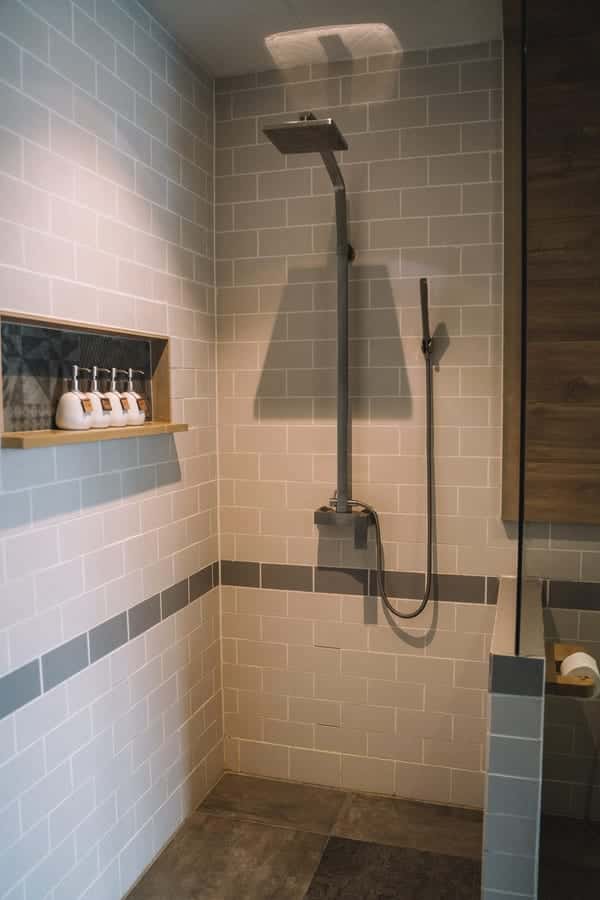
As a rule, stagnant water is not safe to drink as the chance of the water becoming contaminated increases the longer it is unused. This is why water from the storage tanks is generally only used for use in your bathroom.
The longer water stays in one place the longer natural minerals have time to settle in the water, such as limescale, and build up and transfer to your bathroom tap water.
Meaning if you drink the water from the bathroom you may be drinking water with high levels of limescale, and although limescale does not harm you, it does make the water taste bad.
Pipe-work

If you live in an older home the pipework might be outdated and could have contaminated the water supply. The use of lead piping in plumbing was popular before the 1970s until it was discovered that it was causing lead poisoning.
Lead pipes are therefore no longer used for plumbing systems in new buildings, however, older buildings may still have them. Lead pipes should have been replaced for the water supplying the kitchen, however, lead pipes could still be used in the pipework leading to the bathroom sink.
As lead is very toxic, especially to young children if you live in an older property you should avoid drinking from the bathroom tap until you have had your home checked for lead pipe work or have had the water tested for lead levels.
You can check the water quality yourself by ordering a home water testing kit online, however, to check for lead levels it might be a good idea to recruit the help of a professional who will be able to check your water and give you advice.
Water filters
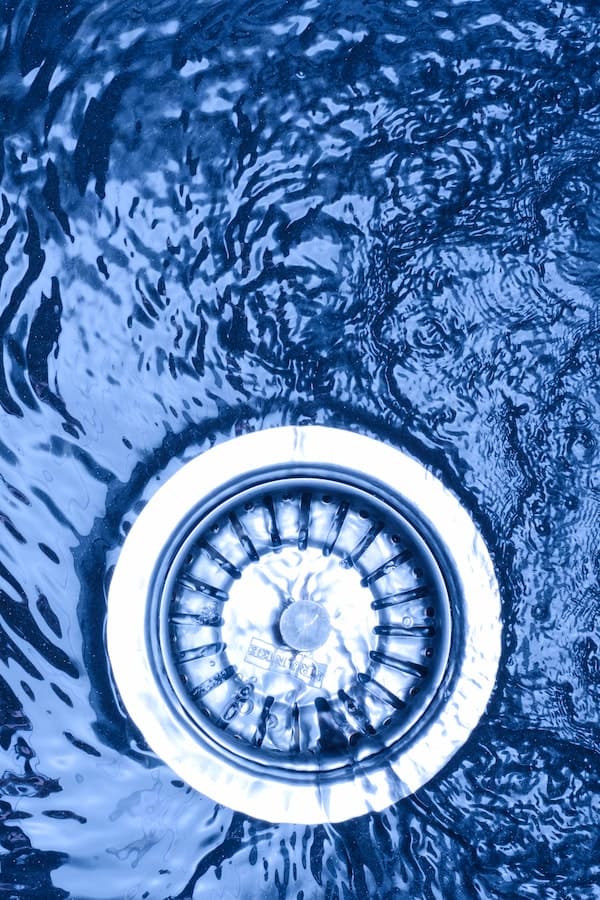
Many households now include water filters fitted to their kitchen water supply. These filters are either small appliances that are attached to the pipework under the sink or are larger systems that thoroughly filter out any additional impurities before the water reaches the kitchen tap.
Some people also use activated carbon filters in water jugs to filter tap water before drinking it. Your bathroom tap water has not passed through the inbuilt water filter, and it would be quicker to walk to the kitchen tap to get water than to use a filter jug in the bathroom.
[amazon box=”B00HYEIJLW” template=”vertical”]Is it safe to drink water in the country you are in?
The way water is treated differs from country to country. In some countries, the water is extensively treated and water disinfectants such as chlorine are added to the water supply making it safe to drink.
However, not all countries treat their water in the same way, and therefore even the water from the kitchen sink might not be safe to drink.
When traveling to a foreign country it is advised that you should drink bottled water and even refuse ice in your drinks when ordering at restaurants and bars, as often ice is made using the local water supply.
If you have to use water from the tap when abroad make sure to boil the water before using it. You can also buy water purifying tablets to add to tap water if buying bottled water is not an option.
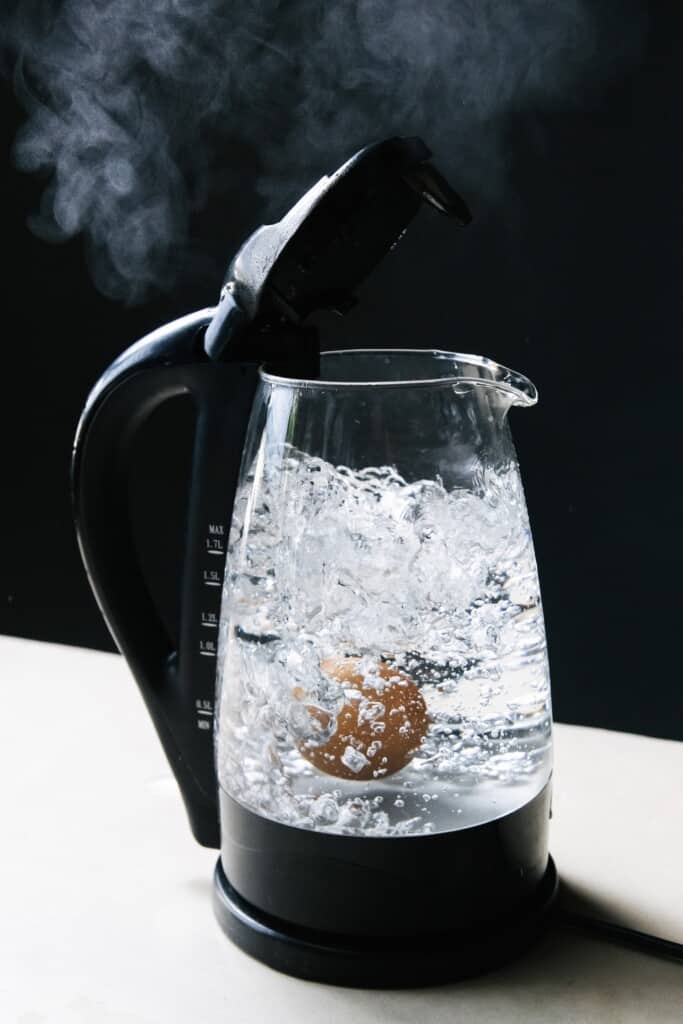
Hotels and resorts
When you are staying in a hotel you may be advised that it is safe to drink tap water, however, to be on the safe side it is best avoided.
You can never be sure where the water has come from, if it’s from a freshwater supply or a stagnant tank, or if the pipework includes lead pipes.
Even if the hotel has been built recently lead might have been used to join pipework and you cannot tell, without testing the water if it is contaminated. Therefore the safest option is only to drink bottled water either provided by the hotel or bought from a supermarket.
Hot water tap
In theory, the idea of drinking from the hot water tap might sound like a good idea, after all the water has been heated up right? Wrong!
The water from the hot water tap should never be drunk as hot water is stored in a tank that is never cleaned and water is heated and allowed to cool several times before it reaches the tap.
This increases the chances of bacteria growing in the hot water tank and therefore transferring to the water that comes out of the tap.
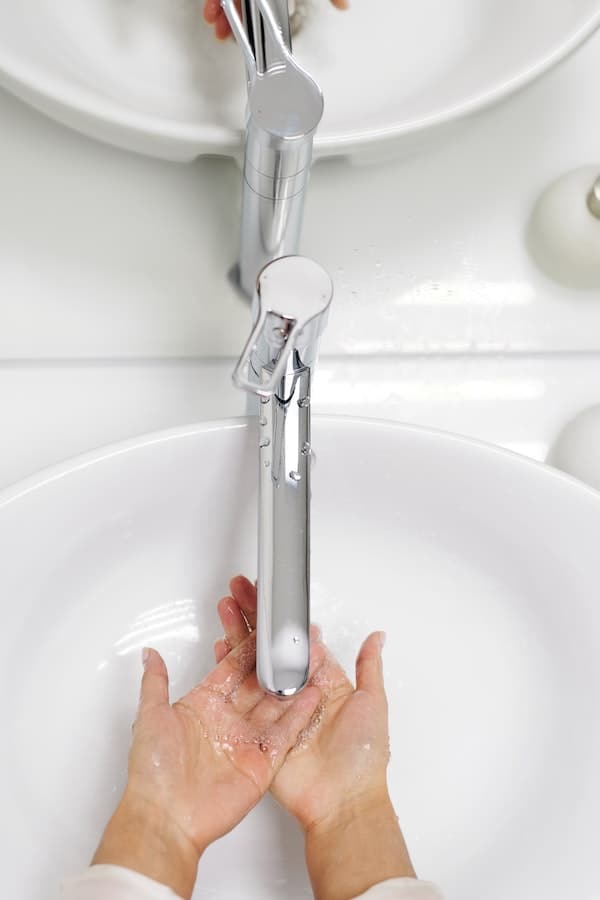
Conclusion
In conclusion, to answer the question ‘Is bathroom tap water safe to drink?’ The answer is no.
Unless you have tested the water quality yourself, and you have fitted a water filter system to your bathroom tap you can never be sure whether the water from the bathroom tap is safe for you to drink.
Generally, tap water from the bathroom is safe enough to use for washing and brushing teeth, as long as you are not swallowing the water. If you have small children you should also remind them to not swallow the water when washing and brushing their teeth or provide them with a cup of clean water from the kitchen for rinsing.
If you find yourself getting thirsty during the night, take a glass of water to bed with you or have a bottle of mineral water by the bed if you are staying in a hotel or whilst abroad. Just to be on the safe side.



